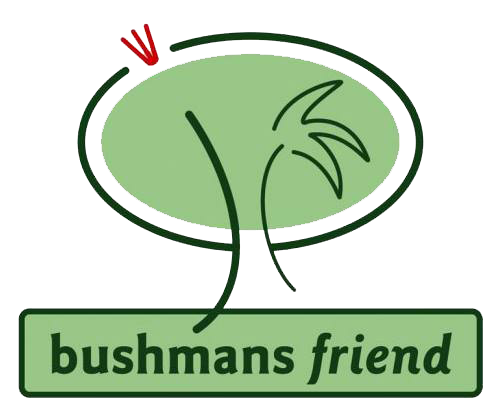Mahoe whitey wood.
A common shrub or small tree.
Melicytus are dioecious. (Seperate male and female plants). Female plants need to be sourced to gather seed.
Mahoe is insect pollinated with midges, gnats, hover flies, butterflies, bees and ants all seen visiting the flowers and presumably being involved with pollination. The fruits are fleshy berries that turn purple when ripe. The Pigeon,Tui, Whitehead, South Island Robin and silver eye have been observed eating the berries.
Two interesting features of the New Zealand flora are that many plants have small, inconspicuous, unspecialised flowers that lack bright colours and many plants are dioecious, with unisexual flowers.
Mahoe flowers exhibits both these characteristics.
Melicytus ramiflorus flowers in a series of distinct flushes from November through to March. These flowering episodes occur on the same branch. The intensity of flowering varies from year to year and between episodes.These flowering episodes seem to extend the time for which berries are ripe and increase reproductive fitness. In a varying environment, spreading an activity out over an extended period of time may be a risk averting strategy. The flowers are a prized food of the opposum.
Ripe berries are present from mid summer to Autumn.The episodic nature of flowering means a large number of berries are available over a long length of time. The berries are clustered together on the branches and are readily accessible to foraging birds and animals.
The seeds of Mahoe possess a chemical germination inhibitor. The seeds will not germinate until this brown coloured exudate is removed. Once the exudate is leached away and is replaced by fresh water, the germination of Mahoe is rapid. This inhibitor may function in two ways; as an inhibitor of Mahoe germination and as an inhibitor of other species which grow with and could compete with Mahoe.
The seeds are supplied cleaned of all fruit exudate.
